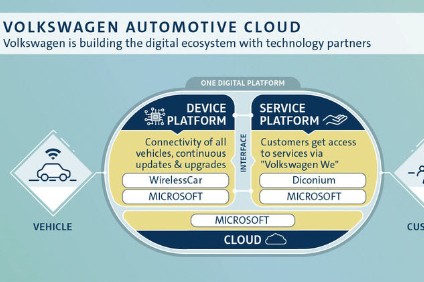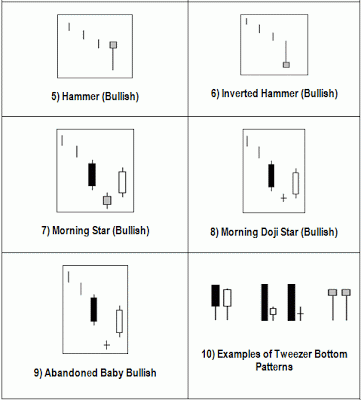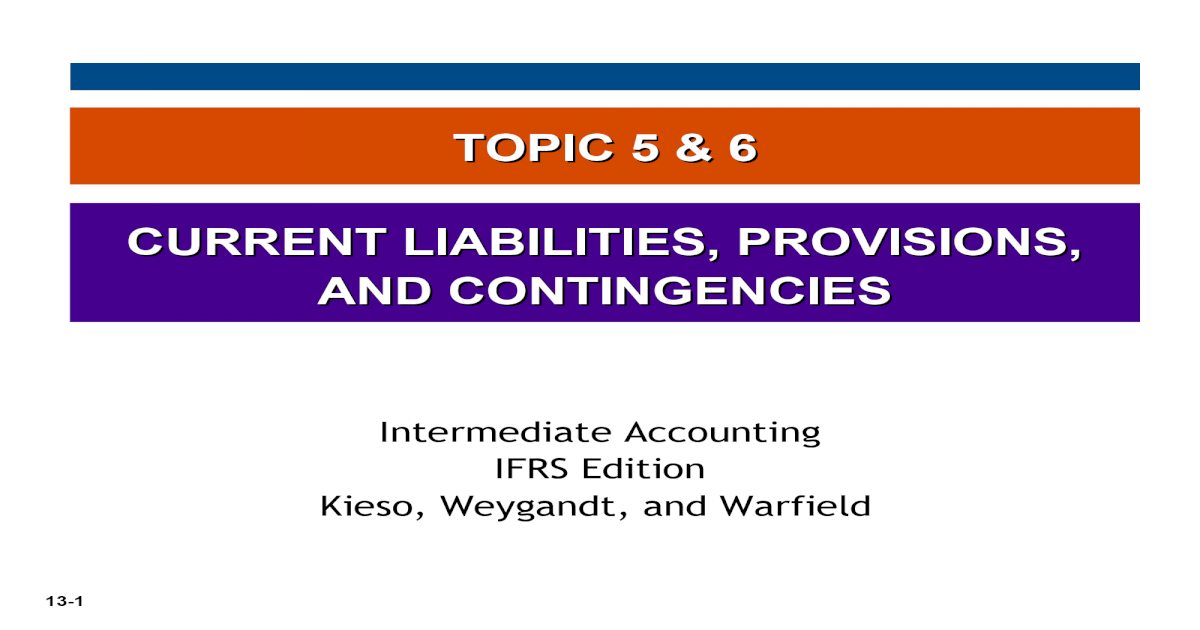Contents:


Shipping– The process of creating the documents in ERP to transfer the products to the customers. Scheduling– The process of planning and arranging orders to maximize productivity, cost, and delivery times. Quotation– A list of products or services and their related prices. G – Typically produces unique, complex products that requires more than just Engineering and Manufacturing. Other areas of the organization that could be folded into the solution sold to the customer is Design, Permitting, Installation , Repair, and Maintenance. Make-to-Order – A manufacturing process where the production of an item begins after the customer’s order is received.
At the same time, the costs of implementing an ERP system began to climb. The hardware required to run the software was typically on company premises, with big machines in a server room. Both the hardware and the software licenses required capital investments and depreciated over 5 to 10 years. In addition, organizations nearly always wanted to customize their ERP systems to fit their specific needs, entailing an additional expense of software consultants and training. New technologies have also led to an increase in cloud-based software. In recent years, many businesses have implemented cloud-based ERP solutions to gain additional workplace mobility due to an increase in demand for remote or work-from-home opportunities.
Key Features of ERP Systems
Backflush– The automatic issuing of raw materials from inventory to a work order. Available-to-Promise – The date product will be available to ship based on material and capacity availability. Allocation– Reserving materials for a specific customer order or work order. Advanced Planning and Scheduling – A method that balances capacity and materials and provides an optimum schedule to manufacturing. Actual Cost– Every labor or material transaction is valued at the cost you pay to your vendor or employee as opposed to valuing the transaction at a standard cost.

ERP implementation is considerably more difficult in decentralized organizations, because they often have different processes, business rules, data semantics, authorization hierarchies, and decision centers. Thus, they performed manual double data entry, which was inefficient and unmanageable because the company doubled their sales year over year. Inventory management software lets businesses automate inventory processes.
ERP Implementation Strategies
An ERP provides an audit trail by tracking the lifecycle of each transaction, including adherence to required approval workflows. Businesses may also reduce the chance of errors and related compliance snafus with automation. ERP software provides financial reports that comply with standards and regulations, and SaaS applications are well-equipped to help companies with PCI-DSS compliance. Real-time data is then woven into business processes and workflows across departments.
Once all departments are tied into the system, all data is collected on the server and becomes instantly available to those with permission to use it. Reports can be generated with metrics, graphs, or other visuals and aids a client might need to determine how the business and its departments are performing. Anderson is CPA, doctor of accounting, and an accounting and finance professor who has been working in the accounting and finance industries for more than 20 years. Her expertise covers a wide range of accounting, corporate finance, taxes, lending, and personal finance areas.

Twenty years later, vendors developed a manufacturing resource planning (MRP-II) system, which offered new ways to centralize and process information scheduling, inventory management, and cost control in manufacturing. But ERP also extends to inventory management, order management, supply chain management and data related to services organizations. ERP touches on procurement, production, distribution and fulfillment as well.
Types of companies that need an ERP
Business development often focuses on goals that coincide with a company’s short-term and long-term growth, as well as analyzing potential business challenges. Conducting a regular analysis of systems and processes helps identify when a business may need to integrate an ERP system. Each ERP solution system is often tailored to support different aspects of a business, meet an organization’s business requirements and have different methods of deployment.
Pulmonary Devices Market to Exhibit a Decent CAGR of 5.5% by 2032 – Taiwan News
Pulmonary Devices Market to Exhibit a Decent CAGR of 5.5% by 2032.
Posted: Fri, 14 Apr 2023 01:01:32 GMT [source]
Just because your industry or department isn’t listed doesn’t mean you won’t benefit from an ERP system. Keep reading to learn if your organization might be a good candidate for an ERP. The storage or technical access is necessary to create user profiles to send advertising, or to track the user on a website or on several websites for similar marketing purposes. An ERP program or software is a program or set of programs that handles the most important internal operations of a company. The cost of implementation and customization can also be high, so it’s essential to factor these expenses into the overall cost of the system. When you implement it, you will go through a specific life cycle.
This required time is easy to underestimate, particularly if all data sources cannot be identified. Business process change.Once teams see the results of their improvements, most feel empowered and seek additional improvements. Success breeds success often consuming more time than originally budgeted. Choosing an ERP system is among the most challenging decisions IT leaders face.
Integrating and automating business processes eliminates redundancies and improves accuracy and productivity. In addition, departments with interconnected processes can synchronize work to achieve faster and better outcomes. An ERP software system can also integrate planning, purchasing inventory, sales, marketing, finance, human resources, and more. In 1913, engineer Ford Whitman Harris developed what became known as the economic order quantity model, a paper-based manufacturing system for production scheduling. Toolmaker Black and Decker changed the game in 1964 when it became the first company to adopt a material requirements planning solution that combined EOQ concepts with a mainframe computer. ERP Systems and software support multiple functions across the enterprise, mid-sized, or small businesses, including customizations for your industry.
Enterprise Resource Planning (ERP) Software Market to Estimate US$ 139.4 Billion by 2033 Owing to its Inventory and Work Management Attributed Future Market Insights, Inc. – Yahoo Finance
Enterprise Resource Planning (ERP) Software Market to Estimate US$ 139.4 Billion by 2033 Owing to its Inventory and Work Management Attributed Future Market Insights, Inc..
Posted: Tue, 21 Feb 2023 08:00:00 GMT [source]
An ERP system is also likely to have a consistent look and feel across modules, unlike a collection of business management software from different vendors. While legacy systems focus everything around the physical good or, for HR-based systems, around the employee, it has become clear that this model isn’t ideal for organizations with a major services component. For many businesses, ERP is the primary application required to accurately collect, bill, and report all financial transactions. It’s clear that modern ERP systems can benefit your organization. With the right solution, you’ll improve business performance, automate repetitive tasks, better serve your customers, and position your company for growth.
The most profit and loss statement types of ERP systems include cloud ERP, on-premise ERP, and hybrid ERP. Gartner Group coins term “ERP” to differentiate from MRP-only systems. ERP systems expanded to encompass business intelligence while handling other functions such as sales force automation , marketing automation and eCommerce. It can be used to make decisions that ultimately drive the organization’s sales to generate profit.
- Logistics relies on well-running ERP software to deliver the right products and services to customers on time.
- Jack is the President of Visual South and has been working with ERP since 1996 when he bought it in his role as a Plant Manager.
- A modern ERP should accelerate, not hinder, your journey toward becoming a more customer-centric organization.
- In addition, organizations nearly always wanted to customize their ERP systems to fit their specific needs, entailing an additional expense of software consultants and training.
You can think of an enterprise resource planning system as the glue that binds together the different computer systems for a large organization. Without an ERP application, each department would have its system optimized for its specific tasks. With ERP software, each department still has its system, but all of the systems can be accessed through one application with one interface. Finding cloud applications that complement your legacy ERP software modules lets you immediately take advantage of rapidly advancing new technologies and improving user paradigms. These provide complimentary systems that deliver immediate business capabilities and value without a fundamental change in your operations. From the 1990s until the beginning of the twenty-first century, ERP adoption grew rapidly.
ERP systems are the systems that organizations use to manage data and core business operations. Can you easily answer important questions about your business, such as revenue per product line or number of returns? If not, segregated systems and a lack of access to metrics and KPIs may be holding you back. Enterprise resource planning software is designed to address these challenges.
While in both cases, https://1investing.in/ that make up the whole are relatively loosely connected and quite easily interchangeable, in the case of the latter there is no ERP solution whatsoever. Instead, every business function is covered by a separate software solution. Besides that, information processing influences various business functions e.g. some large corporations like Walmart use a just in time inventory system. This reduces inventory storage and increases delivery efficiency, and requires up-to-date data. Before 2014, Walmart used a system called Inforem developed by IBM to manage replenishment. Custom–integration solutions—Many system integrators offer custom solutions.

That way, they have appropriate stock for products to meet customer demand. ERP software for small businessescan help you move beyond spreadsheets and efficiently manage every aspect of your growing company – from sales and customer relationships to financials and operations. Small business ERP tools are typically in the cloud, quick to install, and designed to grow with you.
ERP refers to ‘Enterprise Resource Planning’ software which integrates various functions of a business into a single unified system. With a single unified database and by integrating different functions, ERP system helps you get a complete picture of the business. It implemented a system that integrated its thousands of applications, standardized processes, and restructured warehouse management systems—breaking down silos for seamless, integrated coordination of work. To eliminate unnecessary processes and centralize work, they chose the Oracle NetSuite ERP system.
